Apple iPhone SE (2020) review: Cheap at twice the price
This long-awaited upgrade delivers stunning power in a compact form, but battery life meets our low expectations
-
+
Outstanding performance
-
+
Good-quality camera for the price
-
+
Highly affordable
-
-
Underwhelming battery life
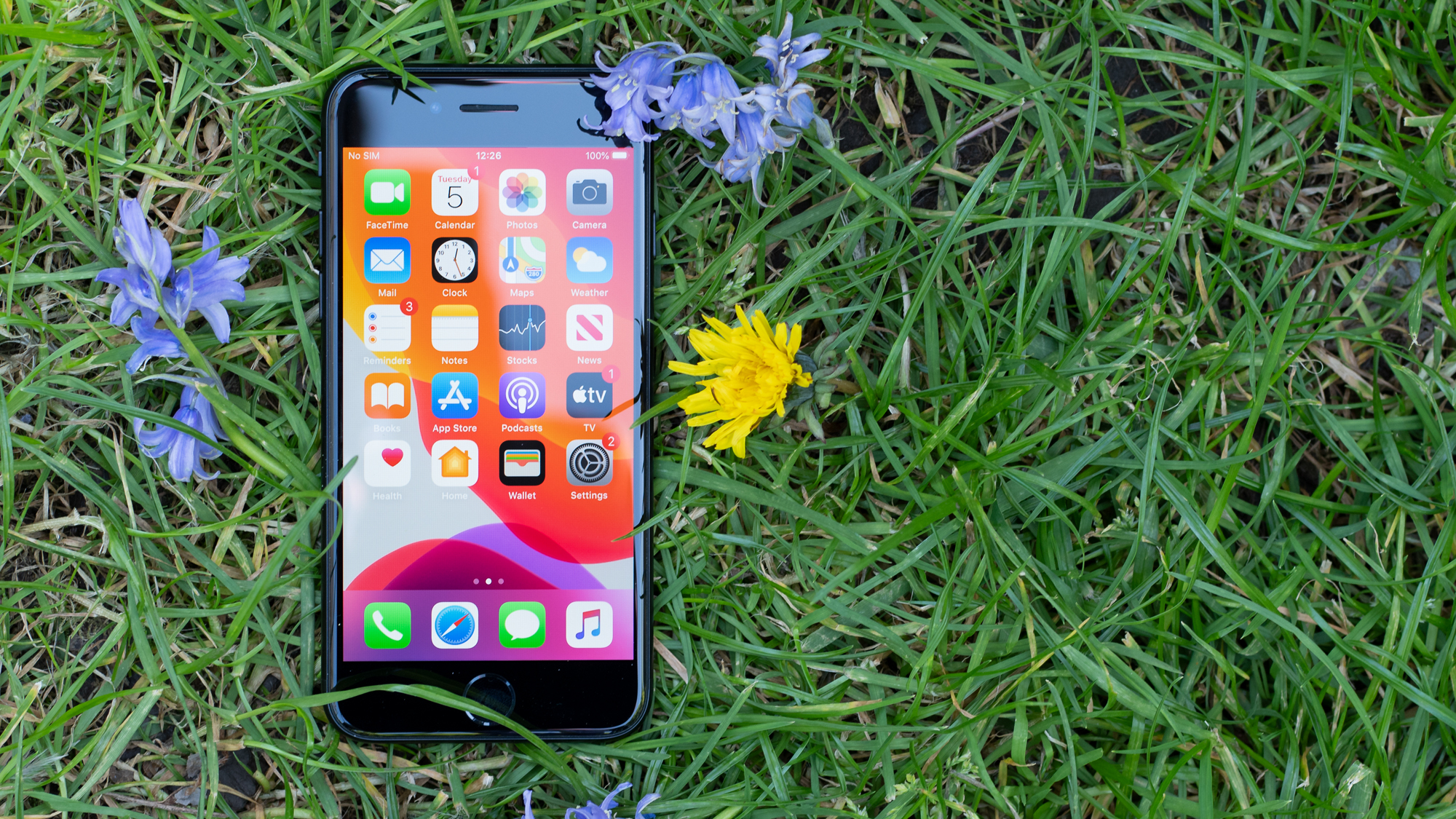
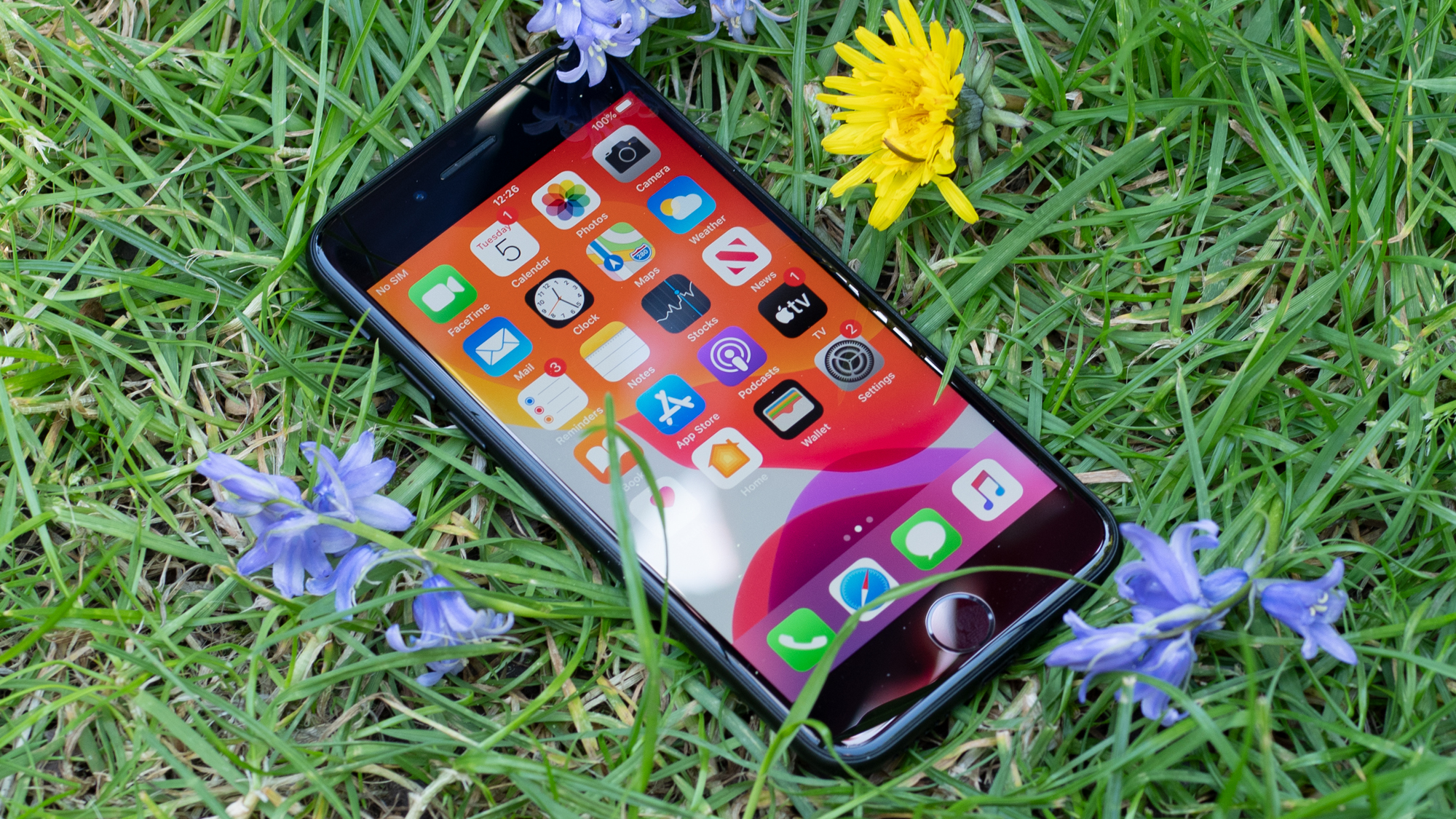
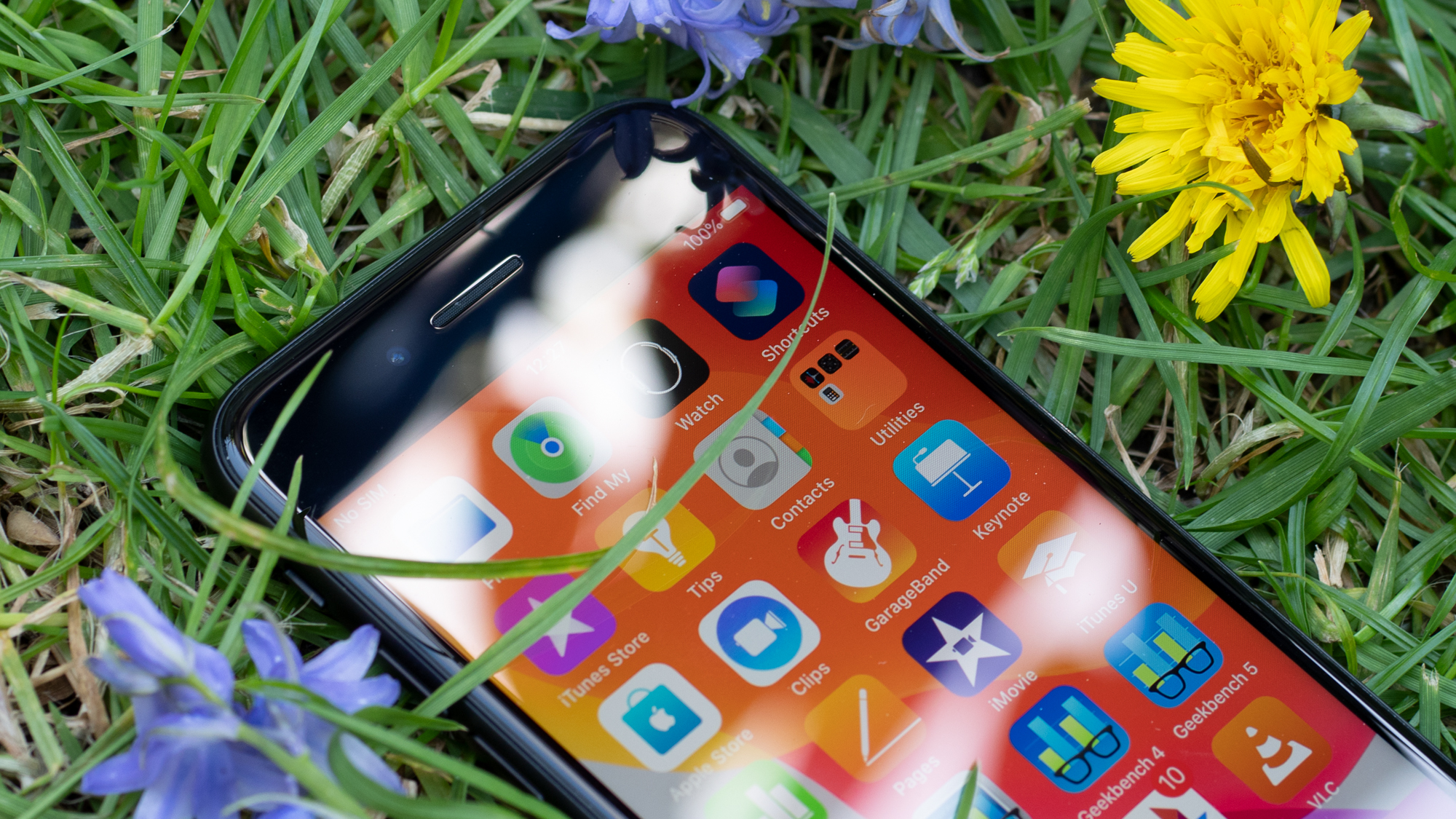
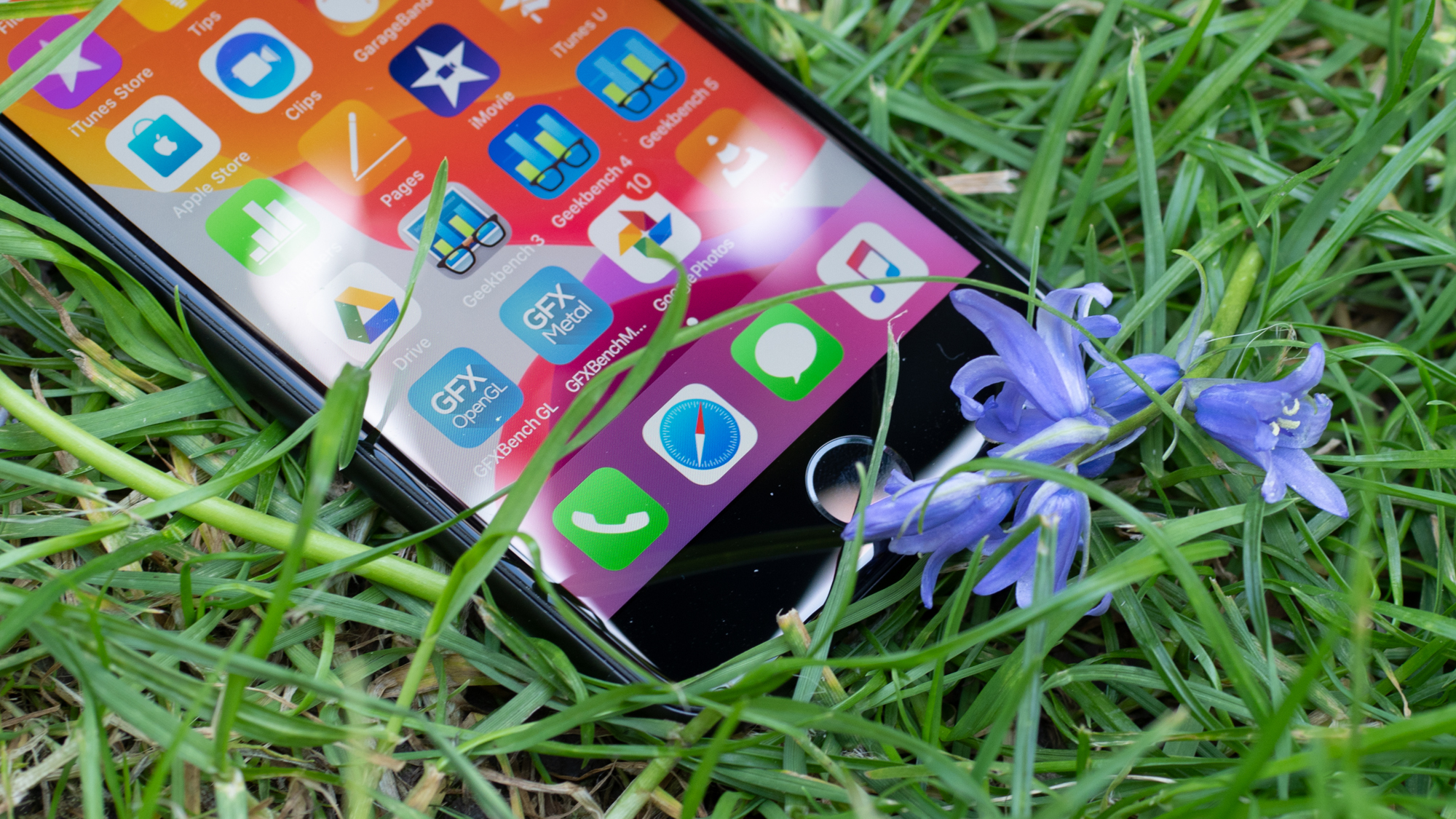
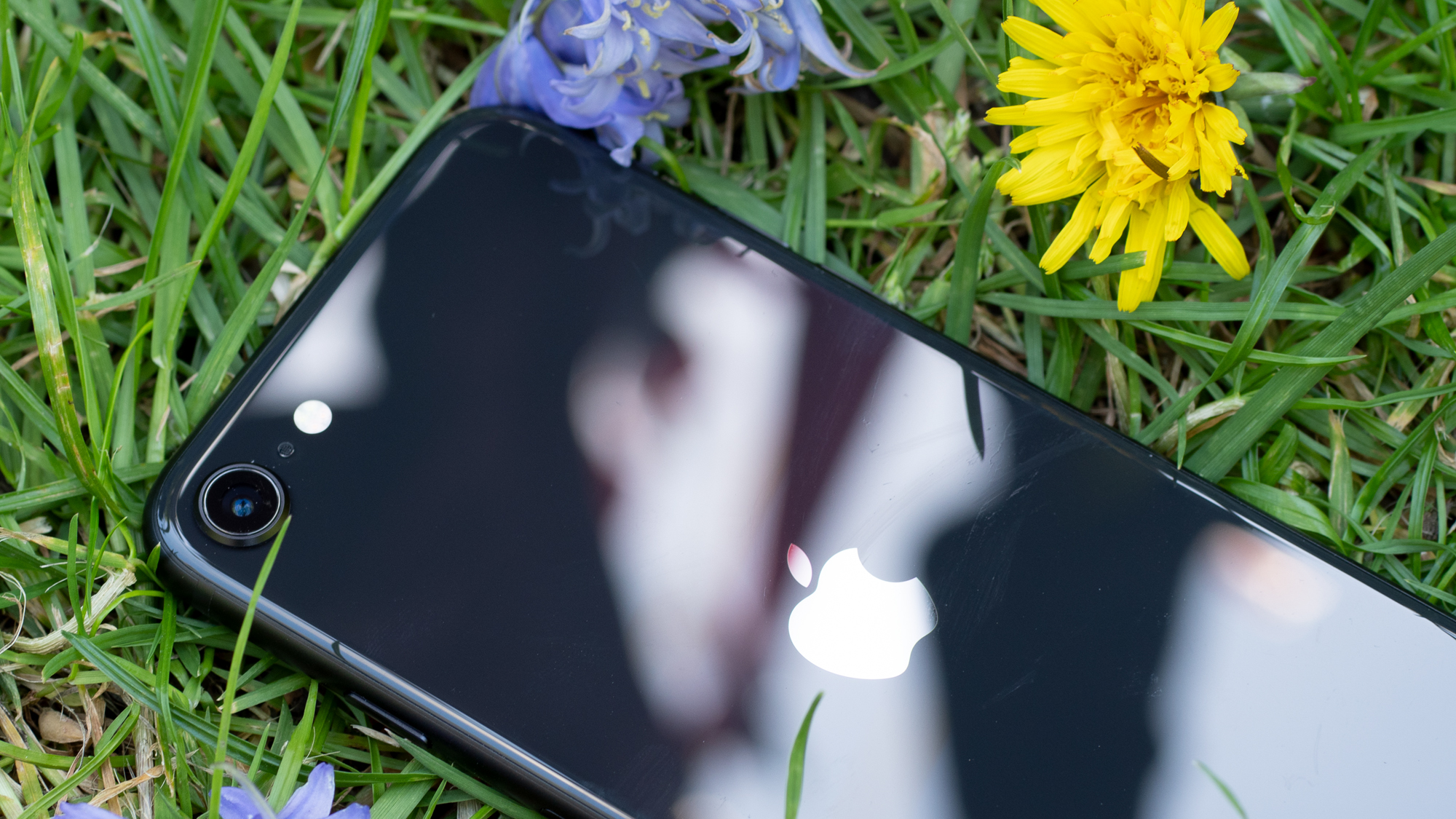
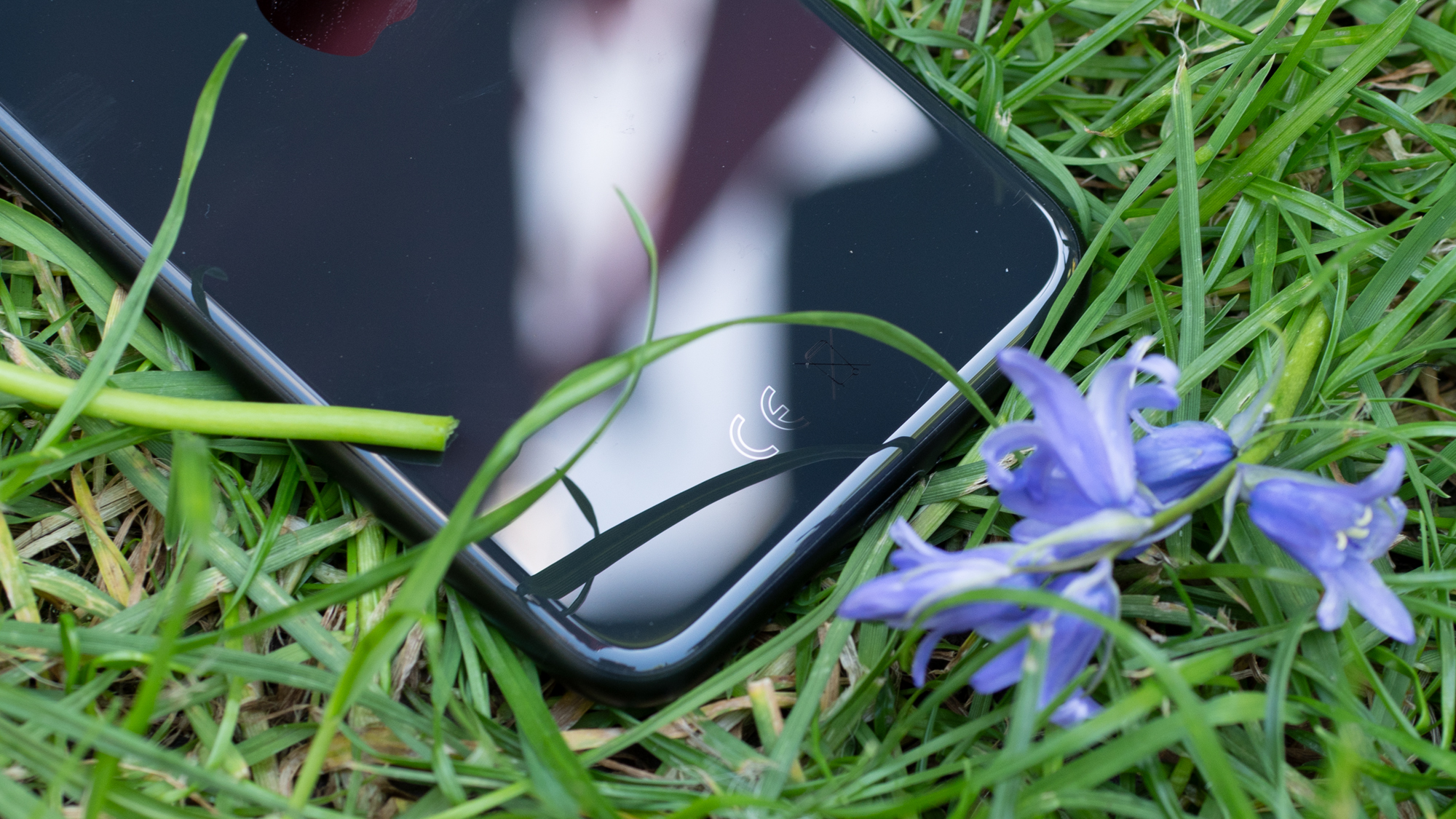
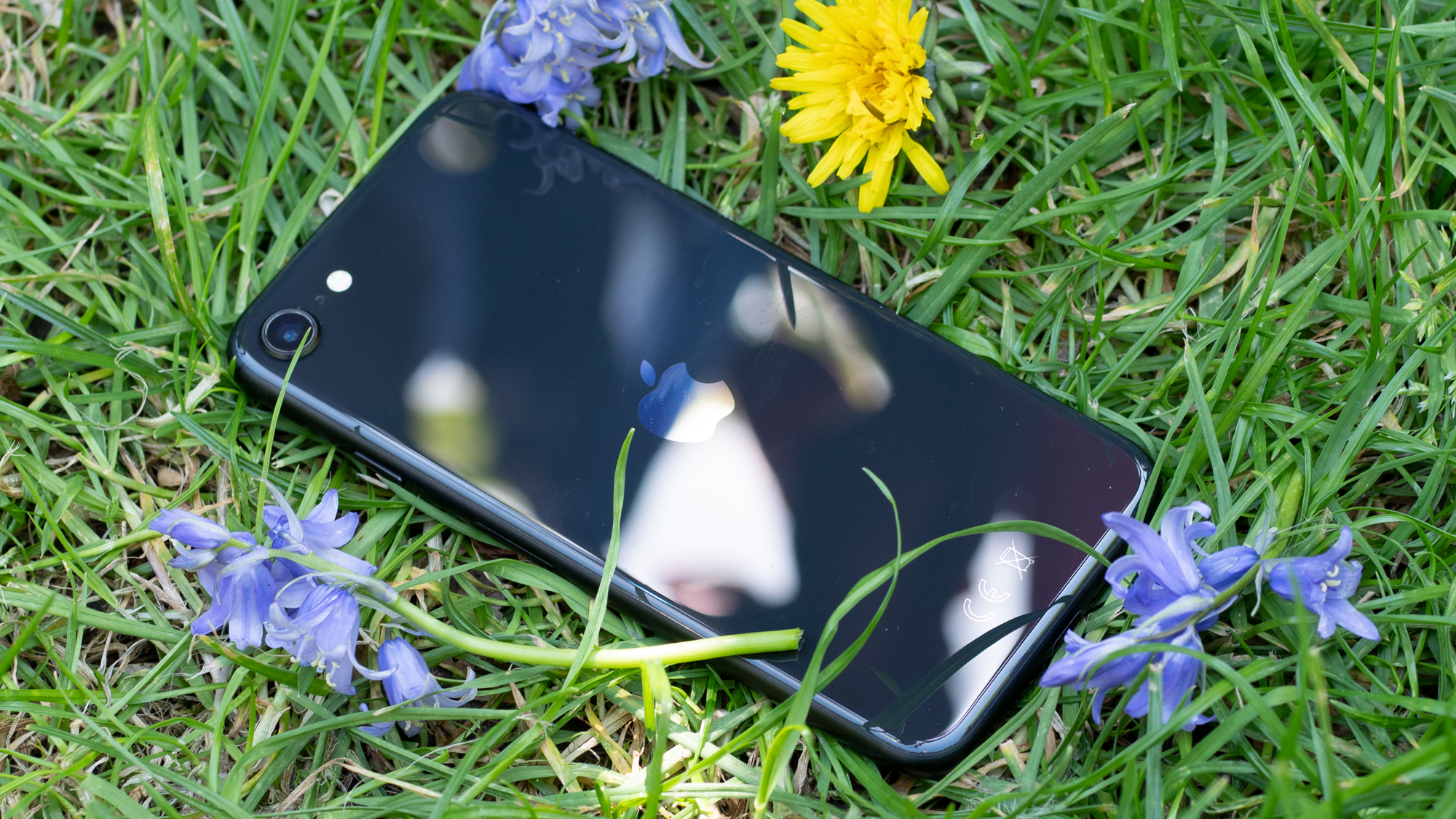
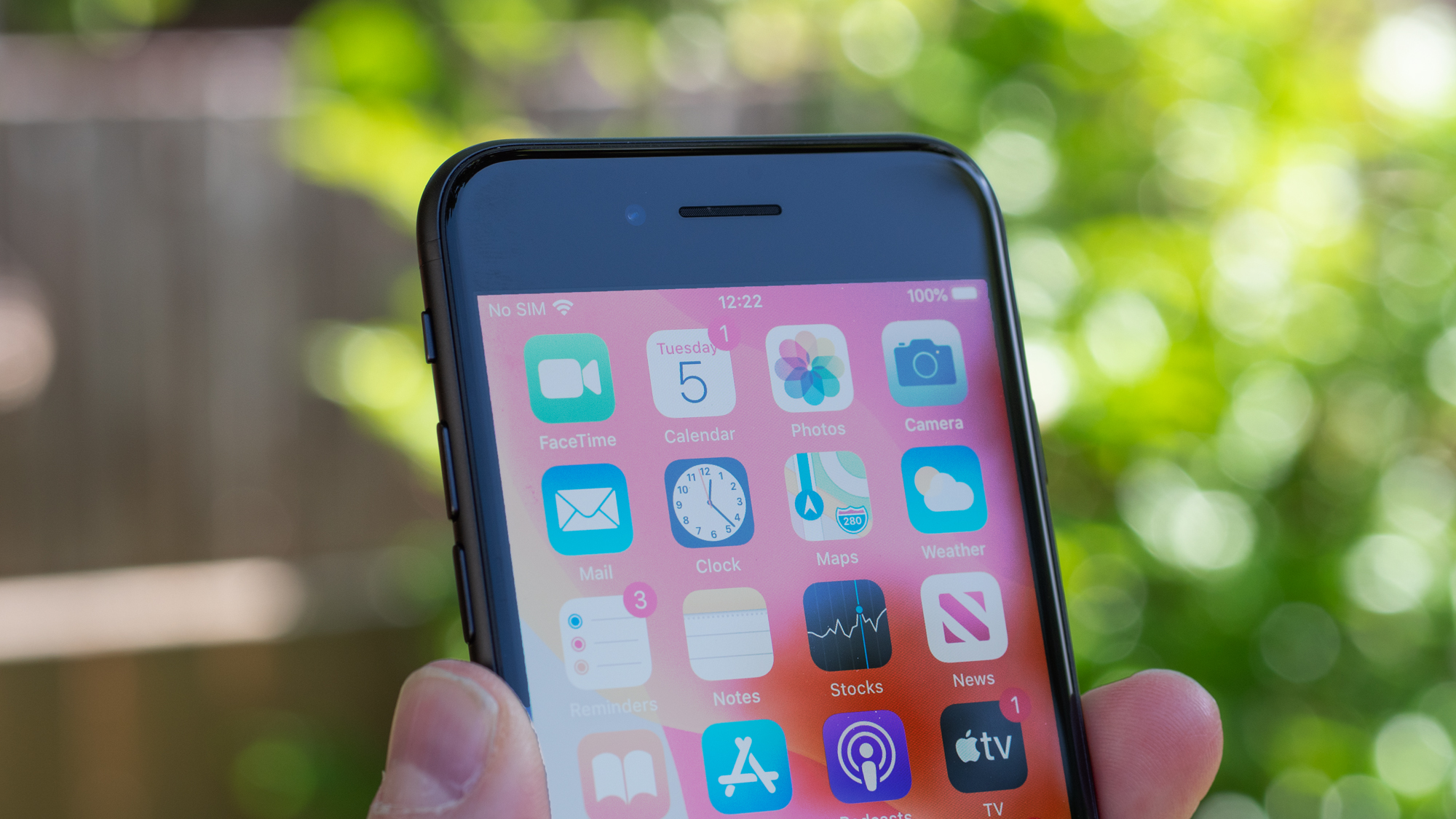
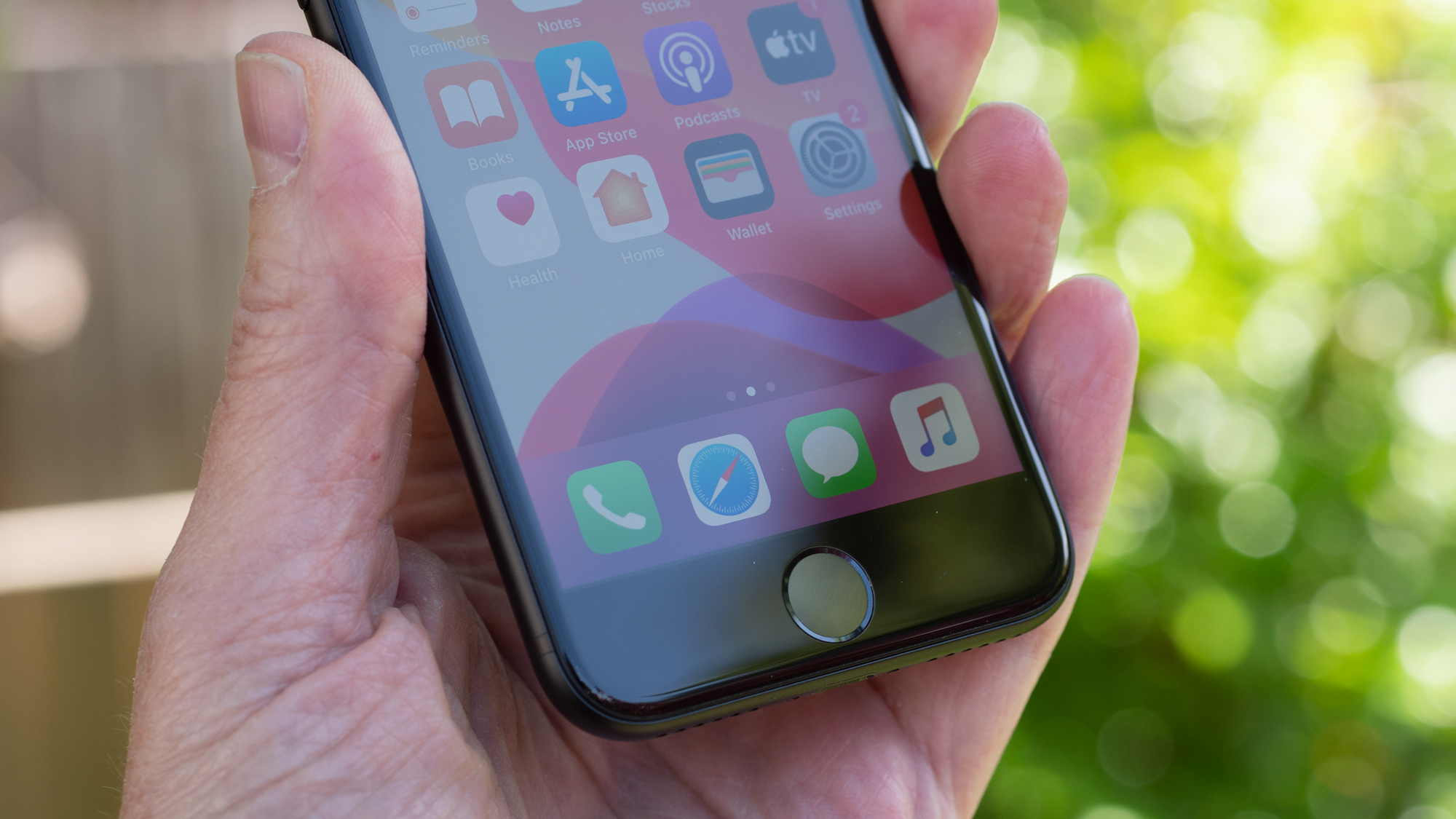
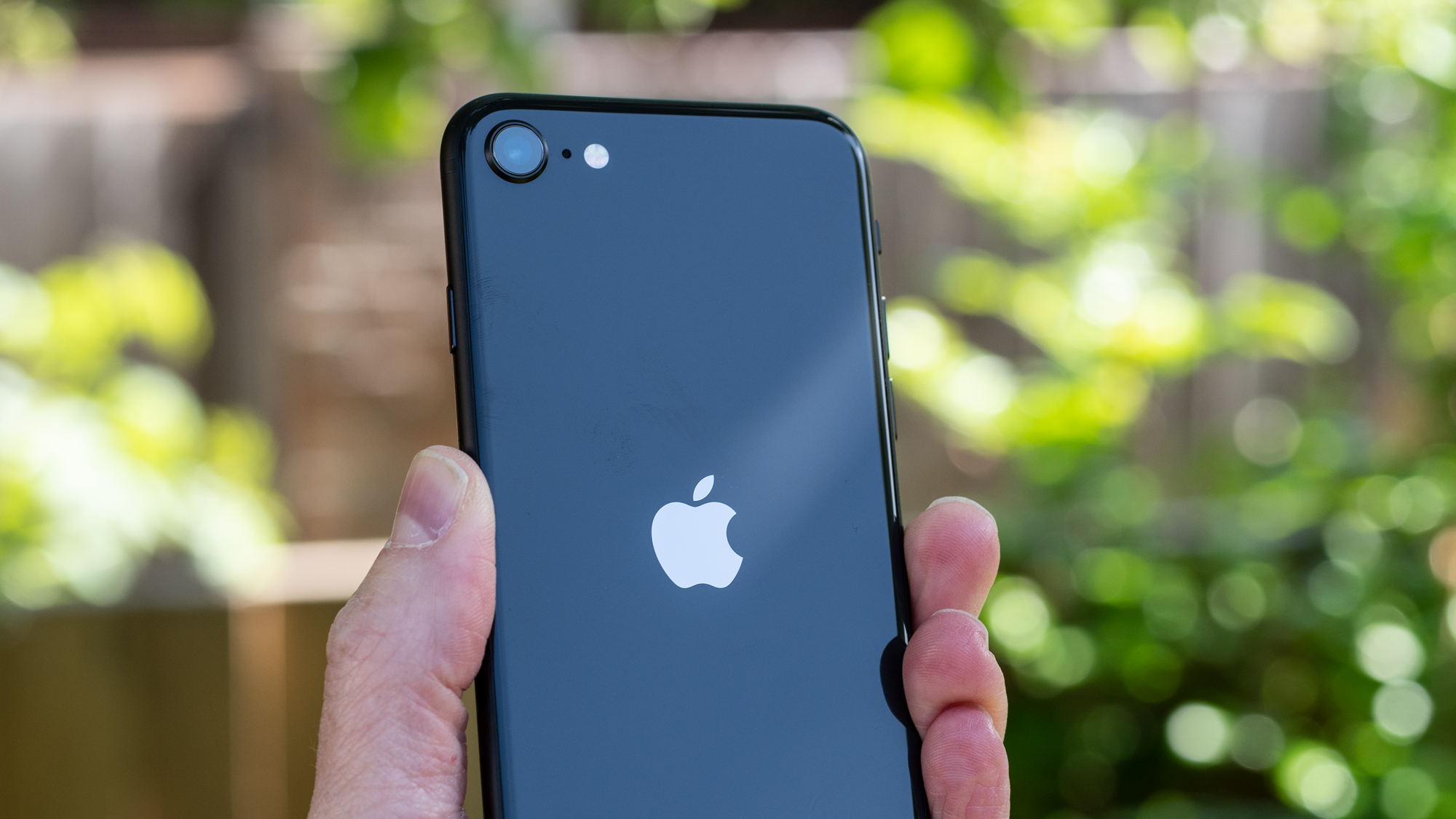
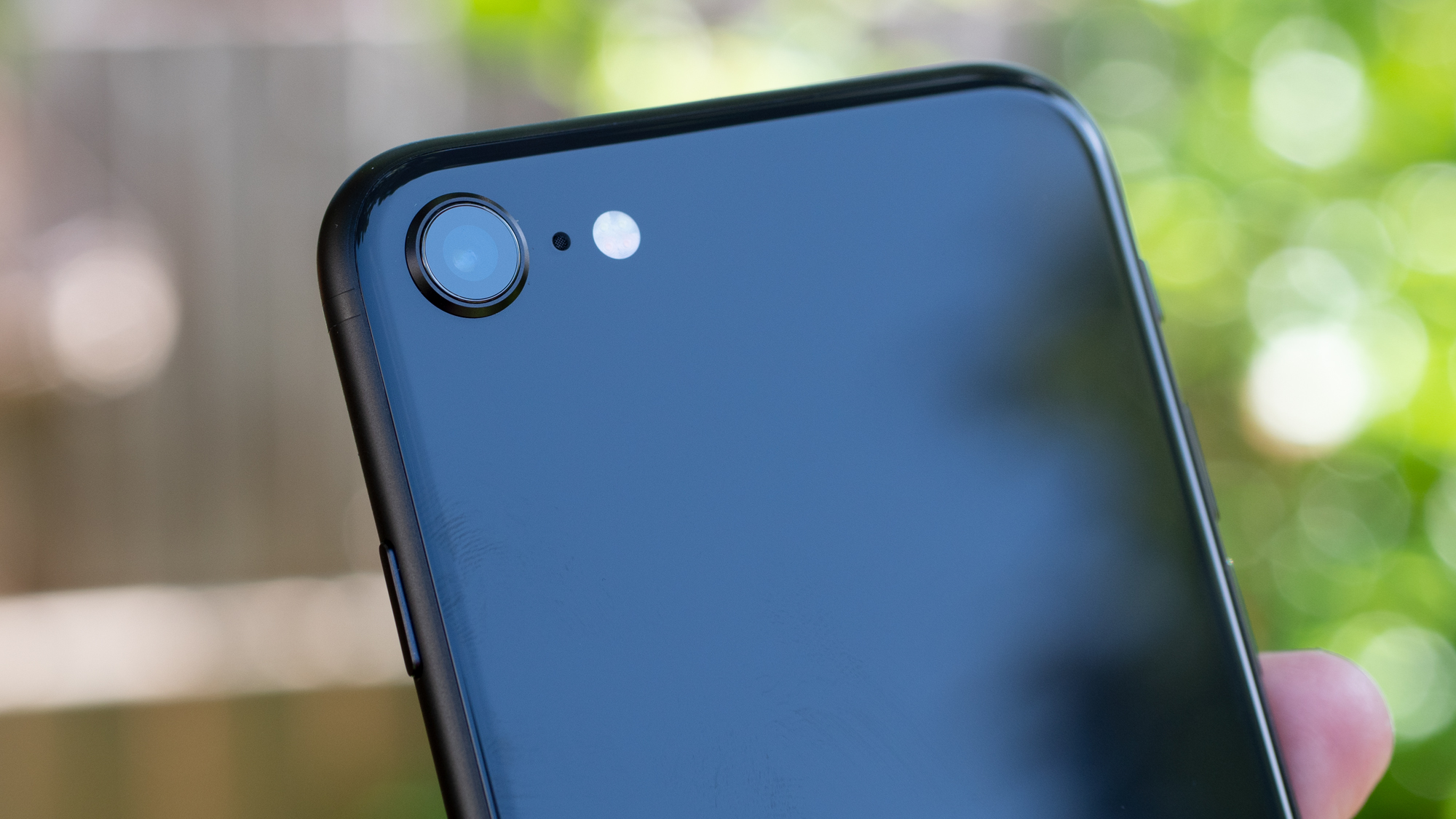
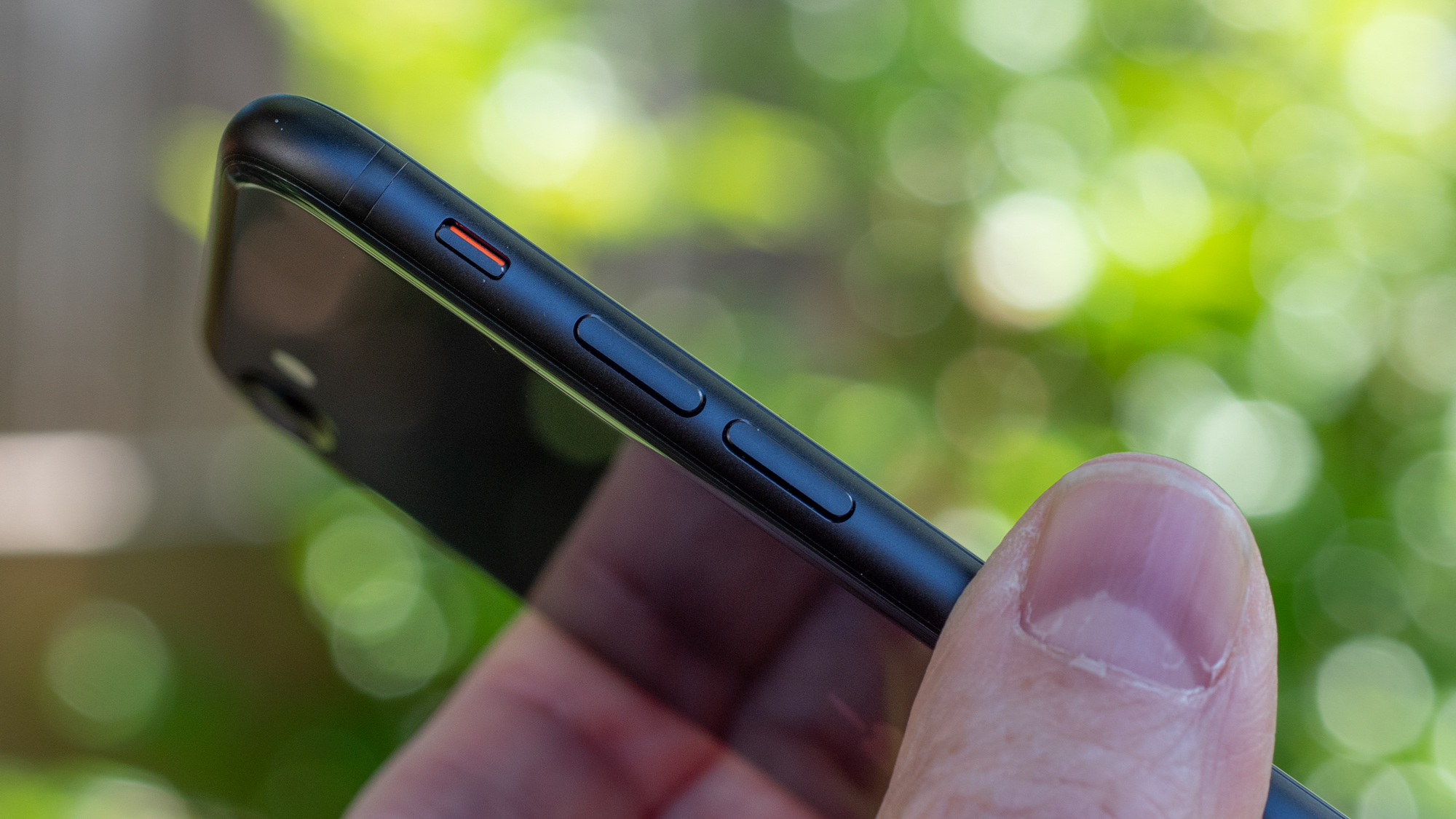
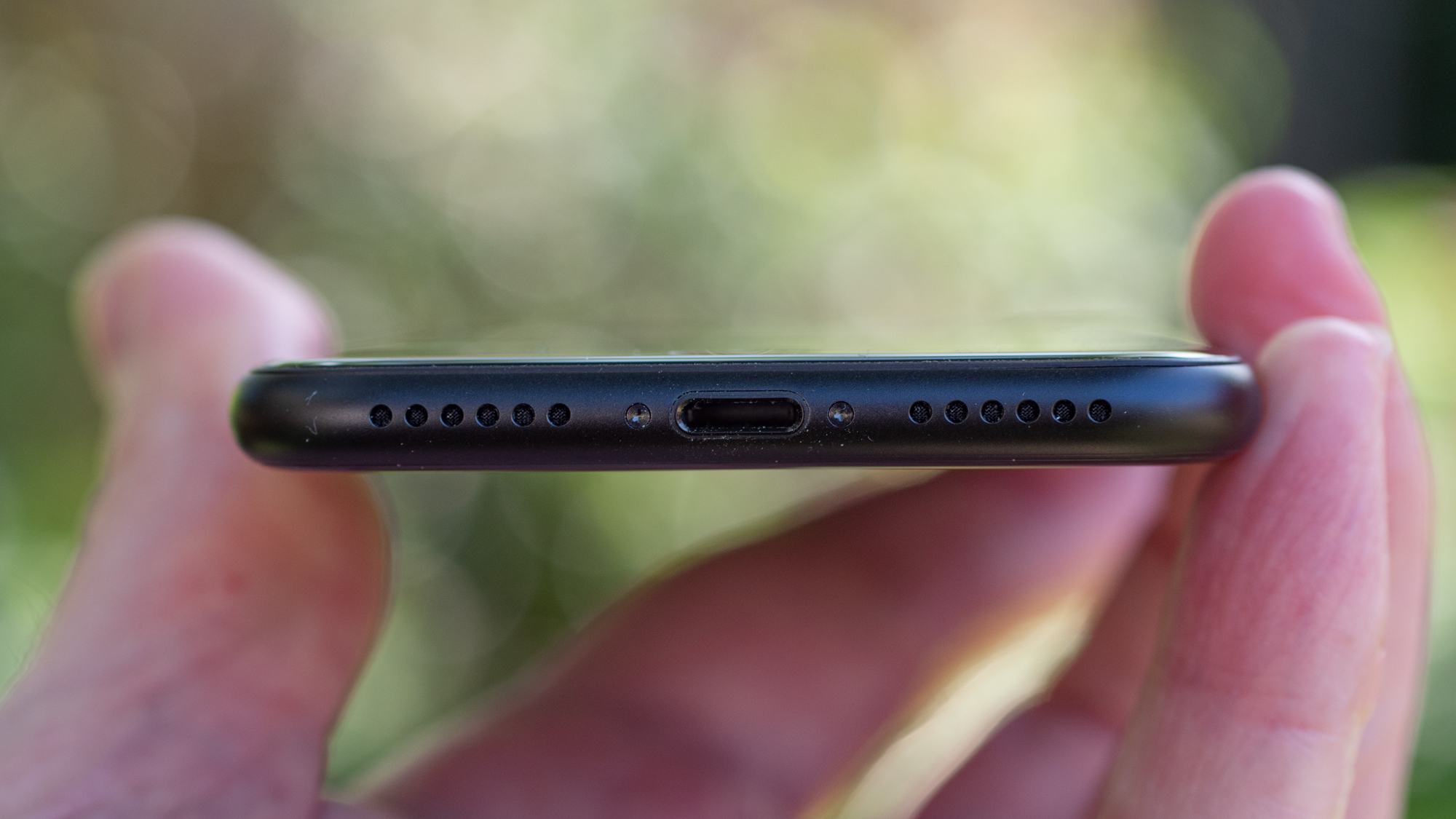
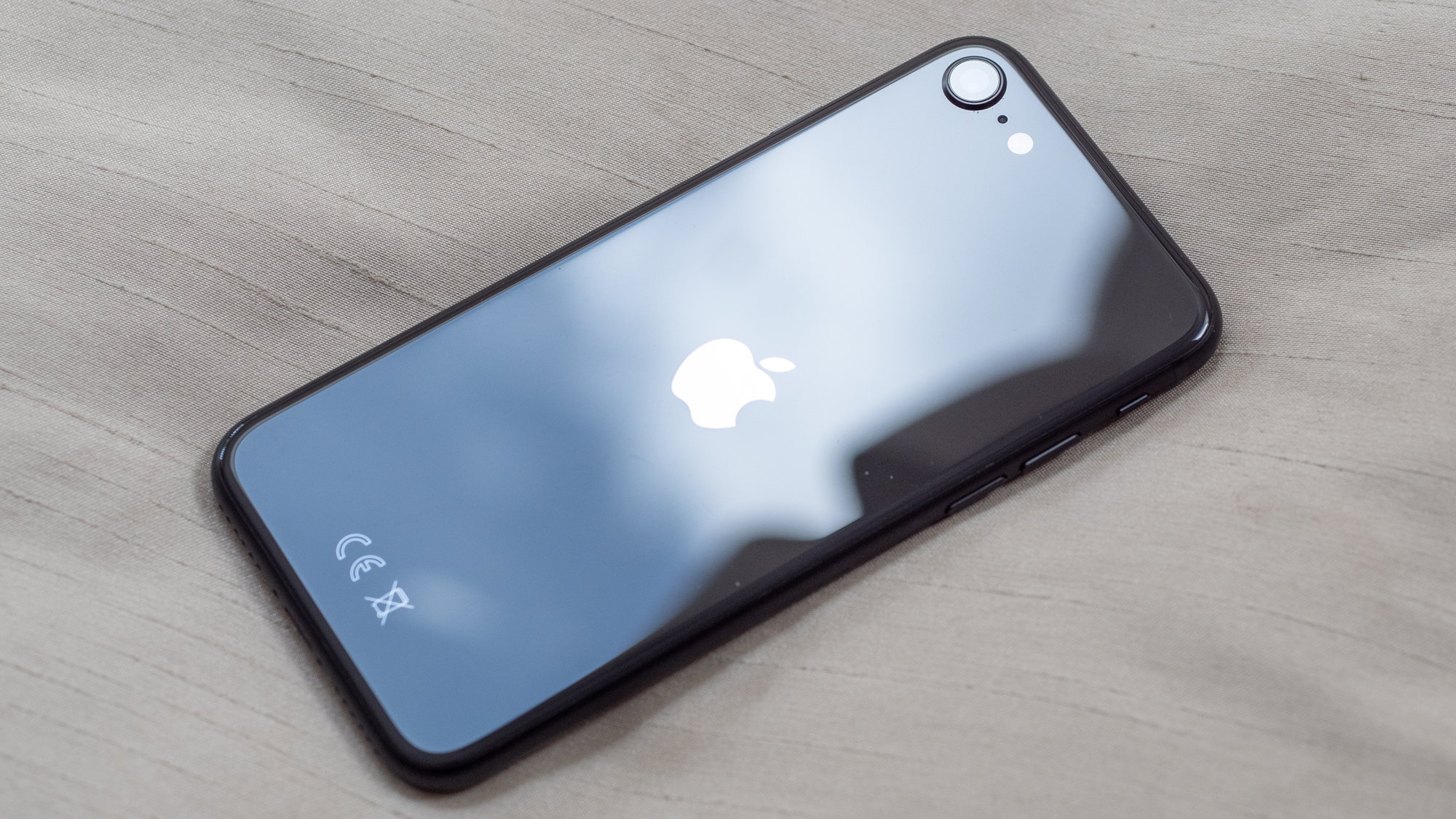
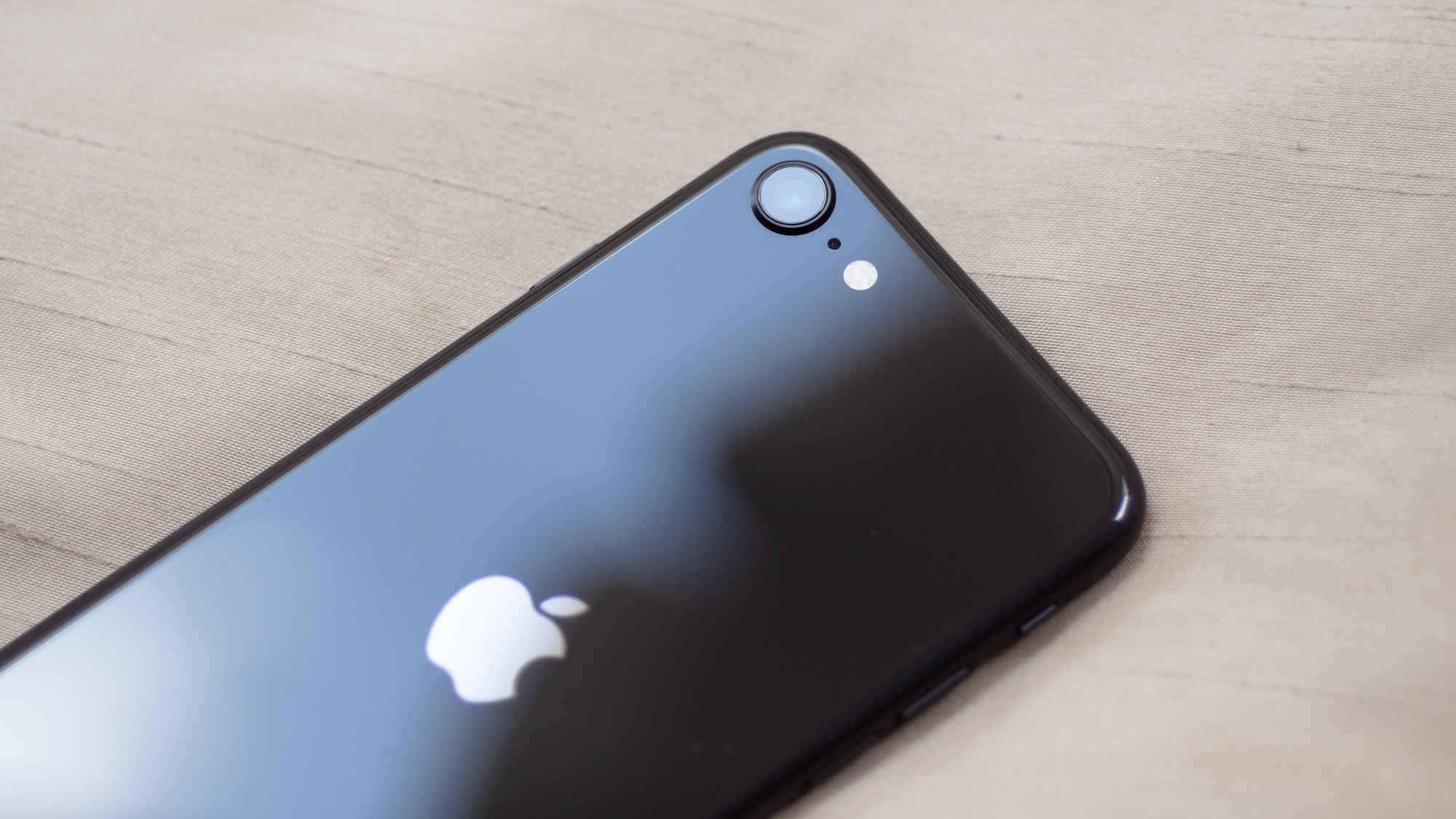
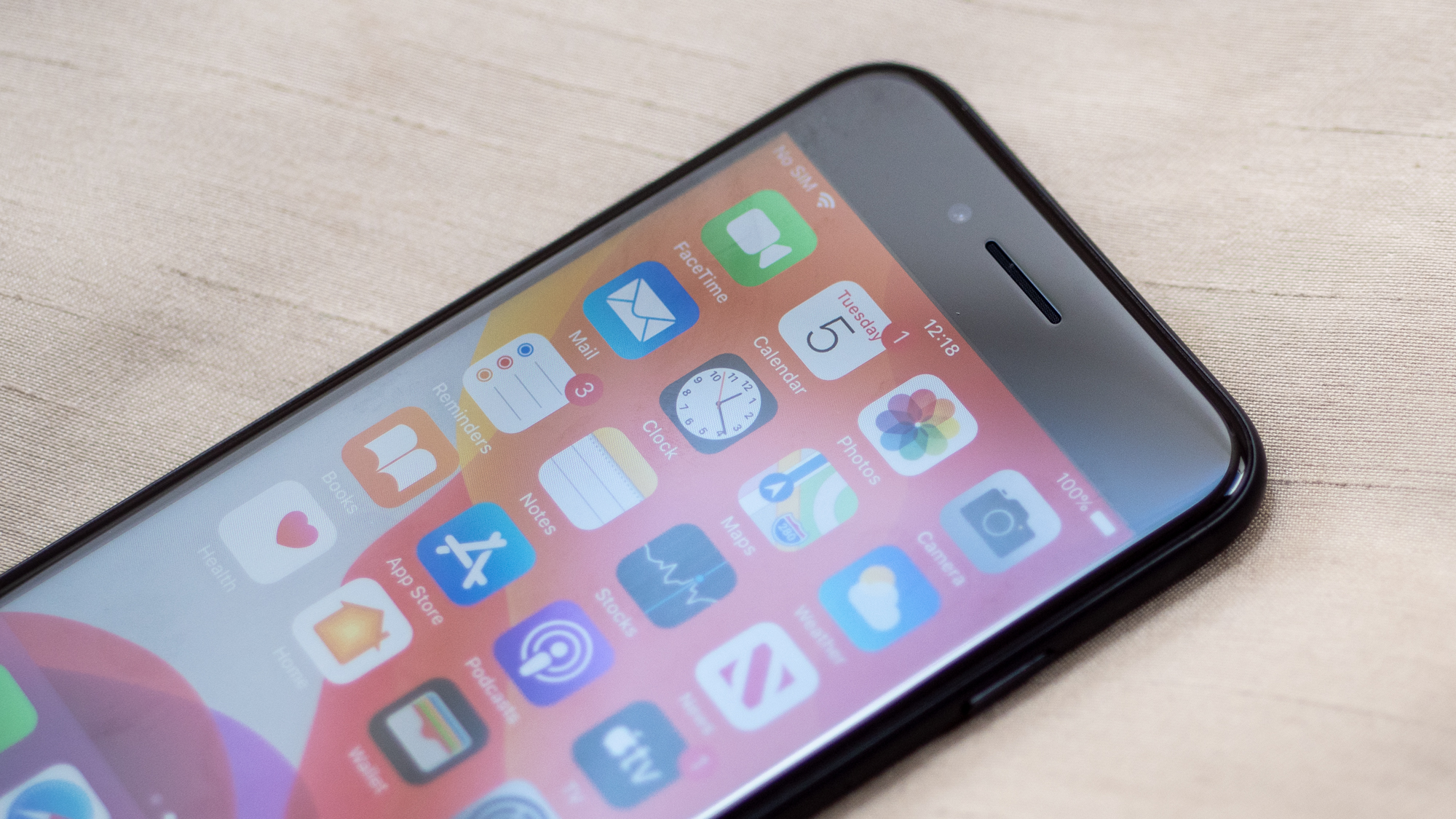
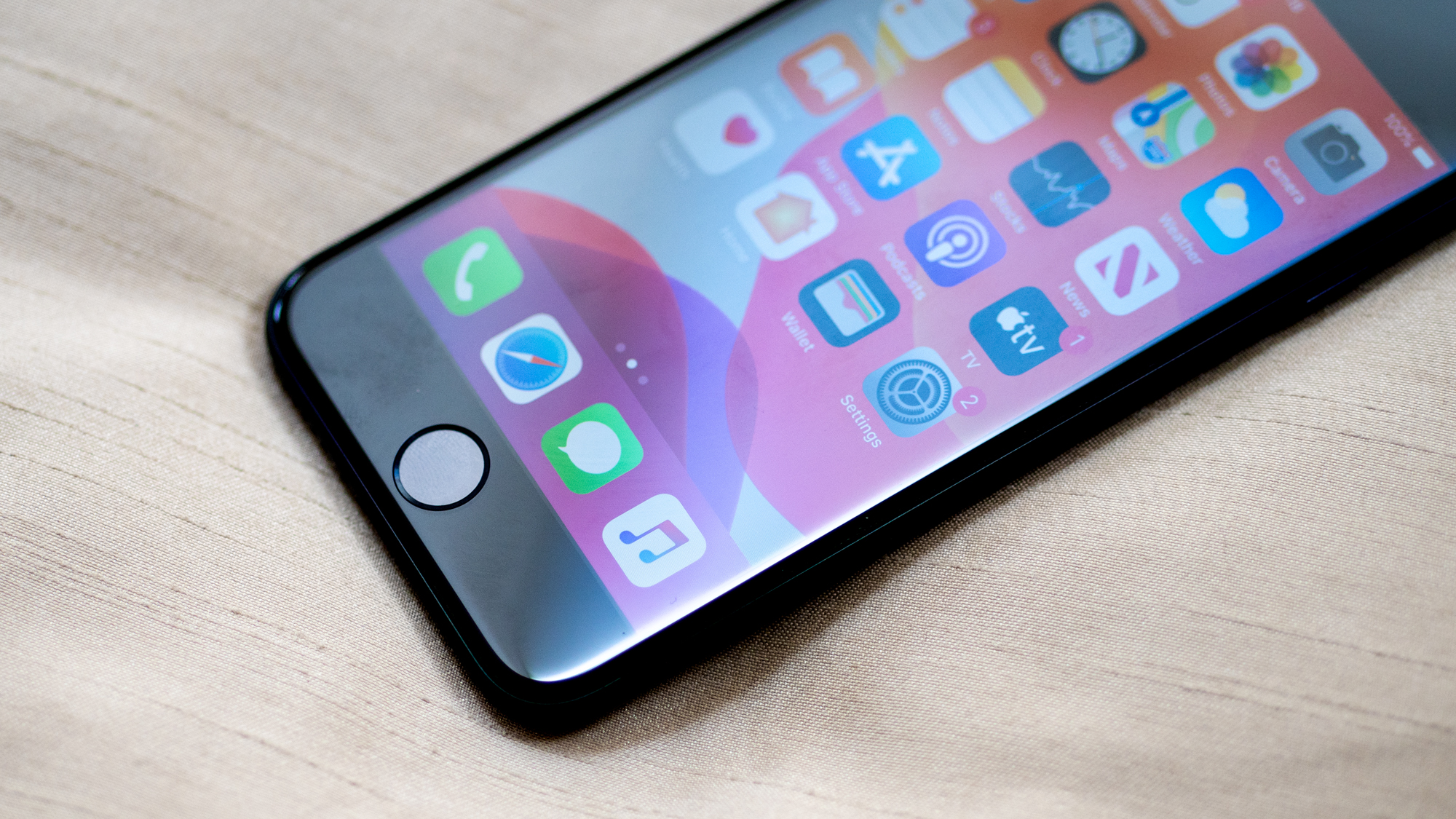
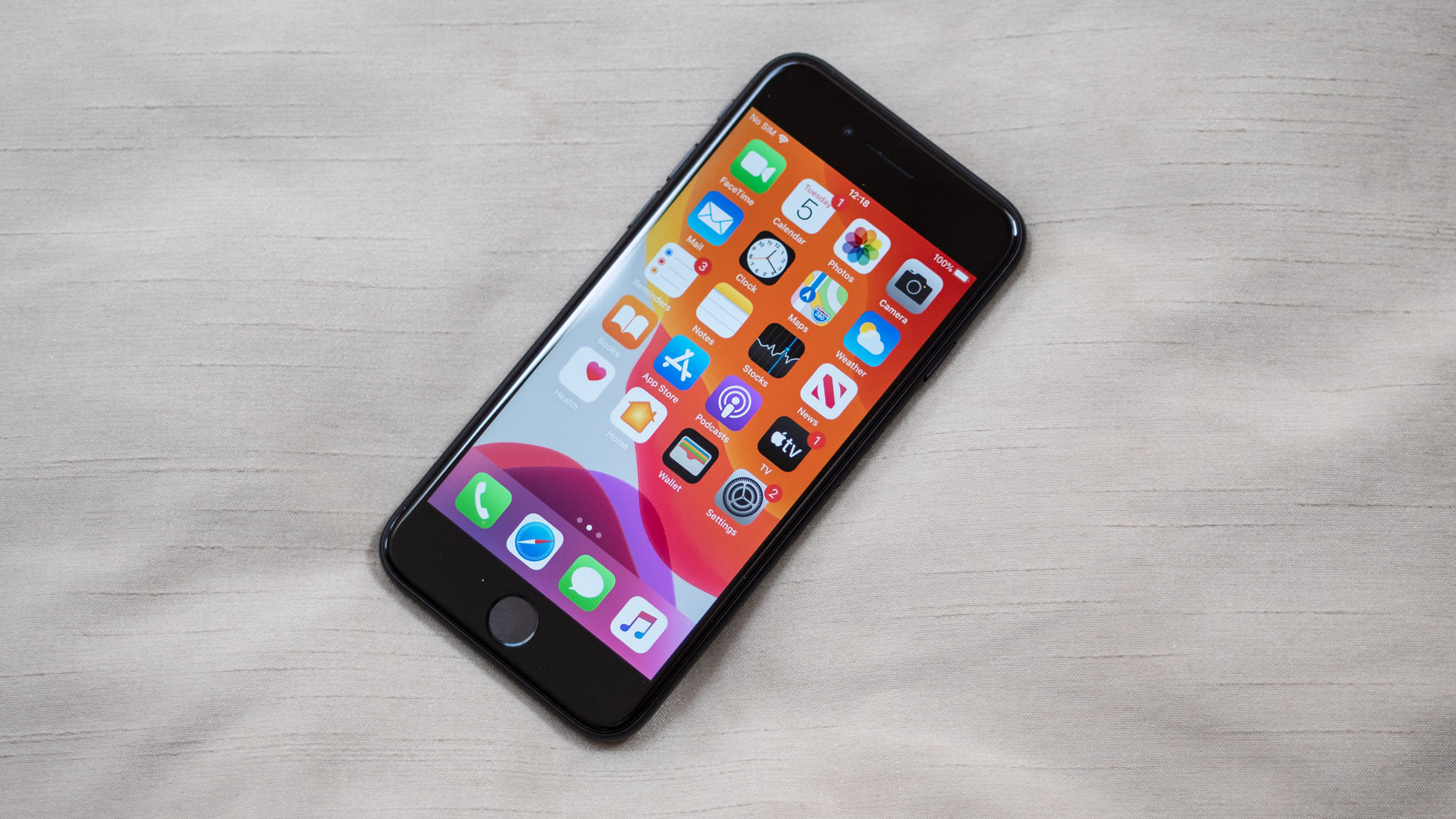
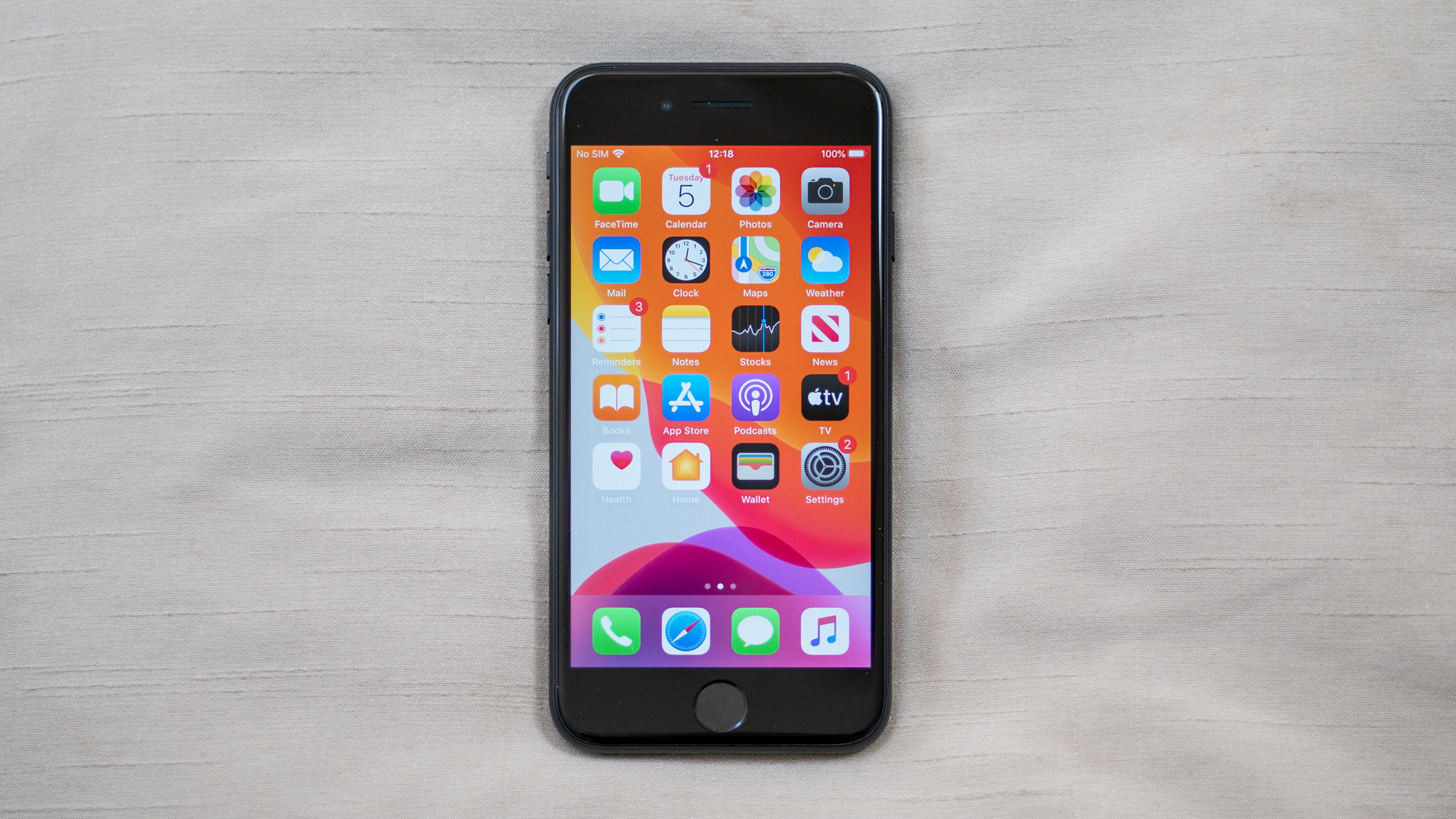
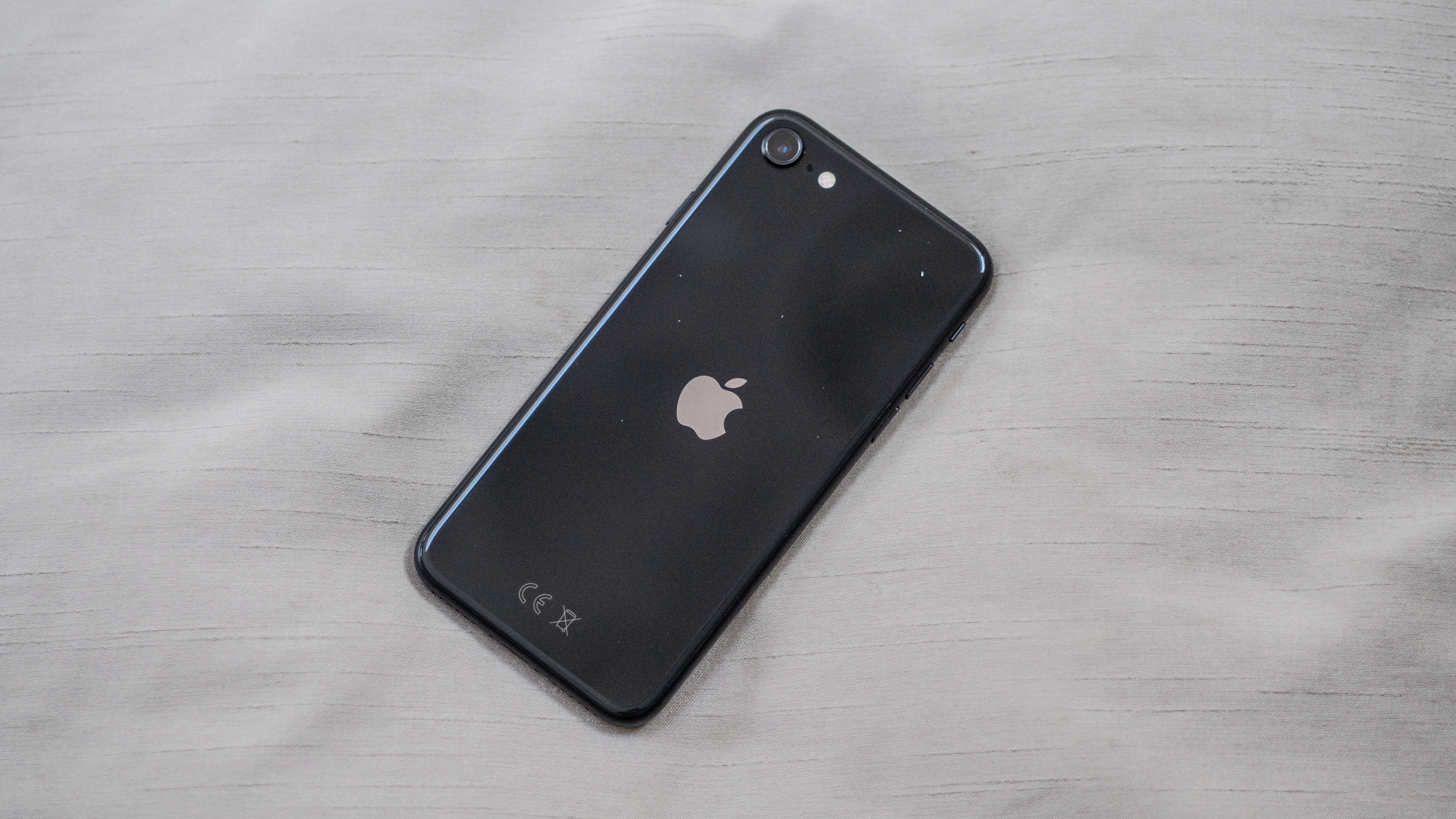
Pity the poor owners of the original iPhone SE. They’ve waited four long years for this refresh, with Apple no doubt hoping they would instead shell out on an iPhone 11 or iPhone XR. But with iPhone sales declining recently, Apple evidently felt the need to appeal to people unwilling to spend more than £600 on a new handset.
Hence, an all-new version of the iPhone SE, small in size as well as in pricetag. The previous SE was an impressive package, managing to fit most of the best qualities of the larger iPhones into a compact frame, and Apple is hoping to repeat the trick here.
Apple iPhone SE (2020) review: Design
In terms of design, the new iPhone SE duplicates the appearance of the iPhone 8 to the millimetre and gram. It’s 138mm tall, 67mm wide, 7.3mm thick and weighs 138g. Glass panels sandwich an aluminium frame and it’s available in black, white and “Product Red” colours (a portion of funds raised from the Product Red phone contribute to the Global Fund to combat COVID-19).
All the buttons and external features are in the same place as the iPhone 8 too. The single camera sits at the rear in the top left corner, the volume buttons and Do Not Disturb switch are on the left edge, while the power button is on the right. The Lightning connector on the bottom is flanked by a pair of speaker grilles and the Touch ID button on the front is haptic instead of mechanical – note this phone’s IP67 rating against water and dust.
Apple iPhone SE (2020) review: Display
When you’ve spent the past two years looking at phones with edge-to-edge displays, a handset with honest to goodness bezels at the top and bottom comes as a shock. No matter how much we try to love the smaller size (it’s nice to operate a phone with one hand again) there’s no denying that a bigger screen is much better for watching TV and movies, and playing games on. That dinky screen makes it more fiddly to type out emails and social media messages too.

Still, what’s here is pretty good. It’s an IPS panel measuring 4.7in across the diagonal and it has a Retina-class resolution of 750 x 1,334 with a pixel density of 336ppi. That, incidentally, is the same as the original iPhone SE’s 4in screen and the iPhone XR with its 6.1in screen.
It’s also good from a technical standpoint. We measured it with the office calibrator and found that peak brightness settled at 571cd/m2 and contrast at 1,427:1 – both solid figures. Colour performance is as good as ever from Apple, with sRGB coverage hitting 95.5% and the average Delta E at a healthy low of 0.96.
Apple iPhone SE (2020) review: Specs and performance
With the same Apple A13 Bionic chip as its more expensive siblings, although half as much RAM at 3GB, you’d expect a performance boost over the older iPhone SE. And, at triple the speed in Geekbench 5’s multicore test, it certainly delivers. What’s most eye-opening, however, is how much faster this phone is than Android rivals at a similar price - specifically the £349 Google Pixel 4a.
While our Pixel 4a review is still in progress, we can reveal that the SE’s single-core and multi-tasking scores of 1,330 and 3,291 handily doubled those achieved by the Pixel 4a, which is extremely impressive.
In short, the iPhone SE is easily the most powerful hardware in a phone costing less than £500. It’s also worth noting that it’s more than a match in raw performance terms for the latest Qualcomm Snapdragon 865 phones such as the Oppo Find X2 Pro.

Sadly, there’s one crucial area where the new iPhone SE can’t match its competitors and that’s battery life. With the same tiny 1,821mAh power pack as the original iPhone 8, stamina suffers badly. The SE only lasted 11hrs 35mins in our fairly undemanding video-rundown test, which is better than the iPhone 8 but worse than the original iPhone SE.
Apple adds fast 18W charging this time around, which takes the phone from flat to 50% in 30 minutes, but when most flagships are lasting more than 20 hours in this test, it’s impossible not to be disappointed by this result.
Apple iPhone SE (2020) review: Camera
In stark contrast to flagship phones with their ridiculous haul of cameras, the iPhone SE offers only two: one 7-megapixel f/2.2 selfie camera and a 12-megapixel f/1.8 main camera at the rear. The specifications are the same as the iPhone 8, although the power of the A13 Bionic processor means image quality is much improved.
There’s neither Deep Fusion low-light mode nor night mode, but the photographs we’ve grabbed with the 2020 iPhone SE have been good across the board. Perhaps most notably, Apple’s portrait mode brings out the best from the 12-megapixel sensor, providing all the same lighting effects as you get in the pricier iPhones.
Still, it can’t match the iPhone 11 Pro Max’s incredibly sharp images. For instance, even in its strong suit of portraits, the iPhone SE’s skin textures are softer and the hairs not as sharp. As a general rule, the iPhone 11 produces crisper details and a richer palette of colours.

Surprisingly, in low light, the iPhone SE holds its own against the iPhone 11 Pro Max. Although there’s clearly more noise in the SE’s images, it isn’t overly distracting and colours are still nice and neutral.
Perhaps more impressive than this, however, is how good the iPhone SE’s video capture is. The phone’s A13 Bionic chip really comes into play here, enabling Smart HDR to keep exposures even, and it can apply image stabilisation to 4K footage recorded at 60fps.
The video quality is simply sumptuous, with plenty of detail, stabilisation that’s smooth without looking overly artificial and a frame rate that ensures your home movies look great in most situations.
In short, there is nothing else that can compete with the iPhone SE’s video-capture capabilities at this price. Despite the lack of ultra-wide-angle and zoom options, you’re getting a top-quality camera here.
Apple iPhone SE (2020) review: Verdict
On the face of it, the iPhone SE is little more than a warmed-up iPhone 8 – a hotchpotch of parts old and new that shouldn’t really work together. It has a tiny display and it looks old-fashioned with those enormous bezels. And, yet, there are many reasons you might consider it.
It has a great camera and amazing performance, it’s smaller and lighter than most phones released today and it’s the cheapest iPhone by a considerable distance. We haven’t even mentioned the fact it supports Wi-Fi 6, which is a notable inclusion in such a well-priced phone. The fly in the ointment is desultory battery life, which makes it impossible to award the phone a full five stars.
Still, if you have less than £500 to spend (the 128GB version still costs only £469), just don’t get on with bigger phones or simply must own an Apple handset, the updated iPhone SE is well worth considering. It may be the cheapest iPhone, but it’s mightily impressive.
Apple iPhone SE (2020) specifications
| Processor | Hexa-core Apple A13 Bionic (2 x 2.65GHz, 4 x 1.8GHz) |
| RAM | 3GB |
| Screen size | 4.7in |
| Screen resolution | 750 x 1,334 |
| Pixel density | 326ppi |
| Screen type | IPS |
| Front camera | 7MP, f/2.2 |
| Rear camera | 12MP, f/1.8 |
| Flash | Quad-LED |
| Dust and water resistance | IP67 |
| 3.5mm headphone jack | No |
| Wireless charging | Yes |
| USB connection type | Lightning |
| Storage options | 64GB; 128GB; 256GB |
| Memory card slot (supplied) | No |
| Wi-Fi | 802.11ax (802.11AX) |
| Bluetooth | 5, LE |
| NFC | Yes (payments only) |
| Cellular data | 4G (1024Mbits/sec DL; 150Mbits/sec UL) |
| Dual SIM | Yes (via eSIM) |
| Dimensions (WDH) | 67 x 138 x 7.3mm |
| Weight | 148g |
| Operating system | iOS 13 |
| Battery size | 1,821mAh |
Get the ITPro daily newsletter
Sign up today and you will receive a free copy of our Future Focus 2025 report - the leading guidance on AI, cybersecurity and other IT challenges as per 700+ senior executives
-
 Westcon-Comstor and Vectra AI launch brace of new channel initiatives
Westcon-Comstor and Vectra AI launch brace of new channel initiativesNews Westcon-Comstor and Vectra AI have announced the launch of two new channel growth initiatives focused on the managed security service provider (MSSP) space and AWS Marketplace.
By Daniel Todd Published
-
 Third time lucky? Microsoft finally begins roll-out of controversial Recall feature
Third time lucky? Microsoft finally begins roll-out of controversial Recall featureNews The Windows Recall feature has been plagued by setbacks and backlash from security professionals
By Emma Woollacott Published
-
 The UK government wants quantum technology out of the lab and in the hands of enterprises
The UK government wants quantum technology out of the lab and in the hands of enterprisesNews The UK government has unveiled plans to invest £121 million in quantum computing projects in an effort to drive real-world applications and adoption rates.
By Emma Woollacott Published